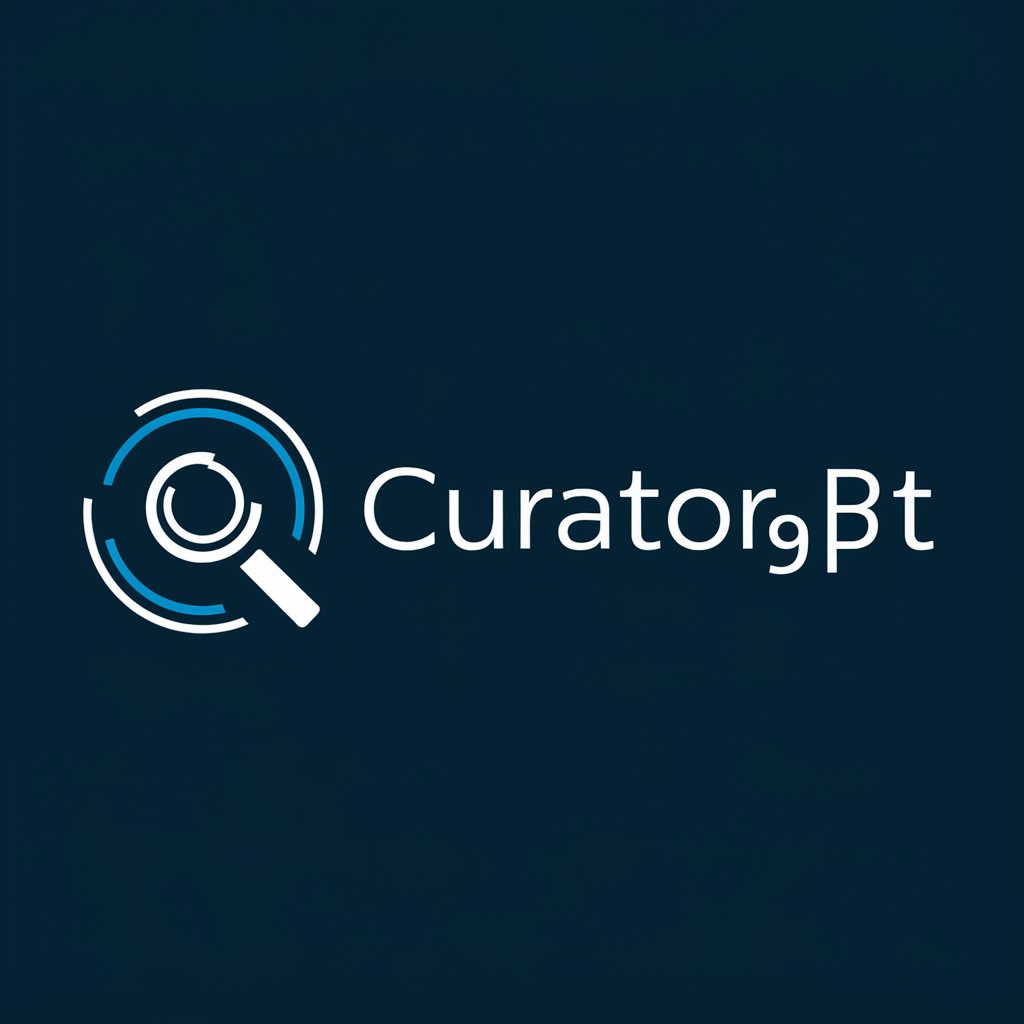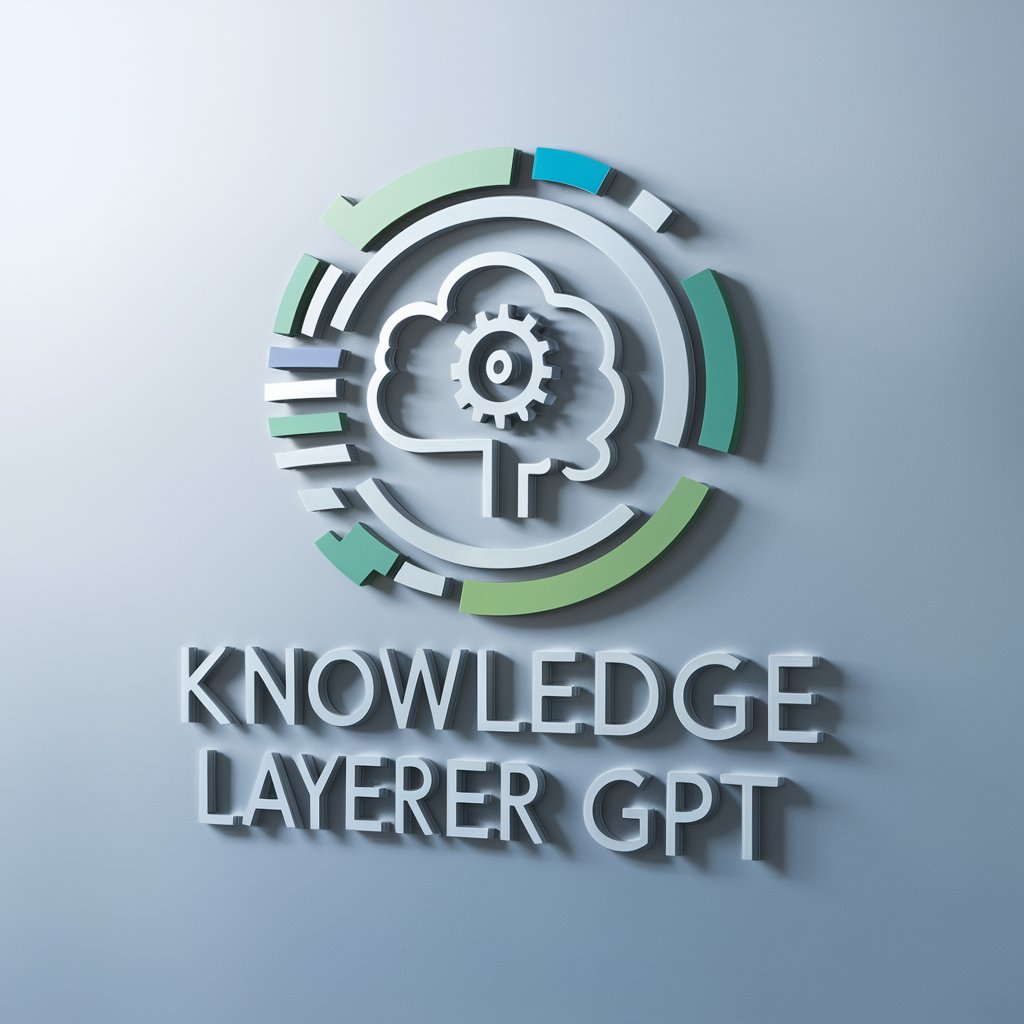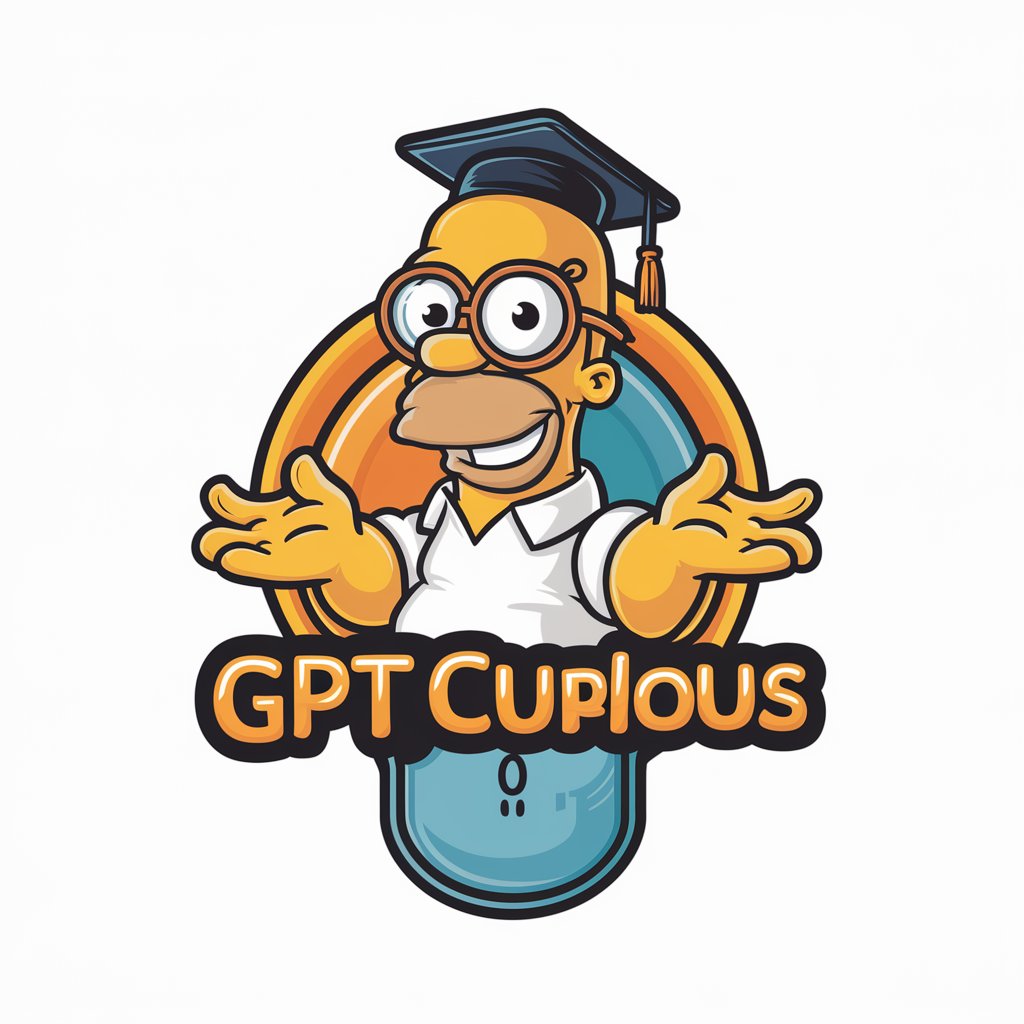
Internal Knowledge Base Curator GPT - Organizational Knowledge Management
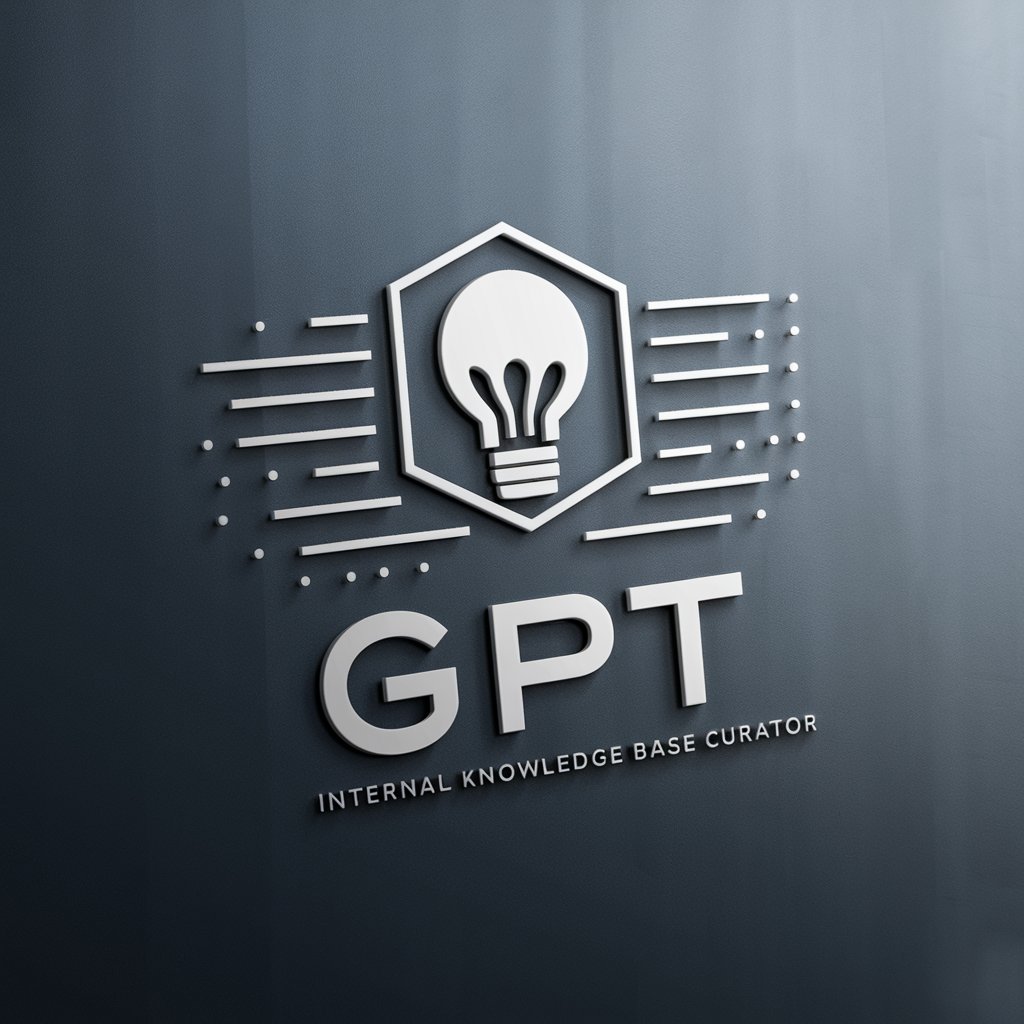
Welcome! Let's streamline your company's knowledge management.
Streamlining knowledge with AI power
Organize the internal documentation by...
Suggest best practices for maintaining...
Propose a categorization method for...
Develop a template for...
Get Embed Code
Overview of Internal Knowledge Base Curator GPT
Internal Knowledge Base Curator GPT is designed to assist organizations in organizing, structuring, and enhancing their internal repositories of knowledge. This specialized GPT model focuses on compiling information ranging from standard operating procedures and policies to troubleshooting guides and training materials, ensuring they are accessible, reliable, and serve as a single source of truth within the company. The aim is to streamline the process of managing internal knowledge, making it easier for employees to find and use the information they need to perform their jobs effectively. Examples of its application include creating a centralized repository for all HR policies, developing a structured database of IT troubleshooting guides, or curating a collection of onboarding materials for new hires. Powered by ChatGPT-4o。

Core Functions of Internal Knowledge Base Curator GPT
Content Organization and Structuring
Example
Creating a hierarchical structure for a company's operational manuals, categorized by department and function.
Scenario
In a scenario where a company's operational procedures are documented inconsistently across various formats and locations, Internal Knowledge Base Curator GPT can organize these into a unified, searchable database, enhancing efficiency and accessibility.
Regular Auditing and Updating
Example
Conducting quarterly reviews of the knowledge base to identify outdated information and update it accordingly.
Scenario
For a company facing rapid regulatory changes, regular audits ensure that all compliance-related documents within the knowledge base are current, minimizing legal risks and keeping staff well-informed.
Best Practices for Tagging and Retrieval
Example
Implementing a tagging system based on keywords and topics for easy searchability of documents.
Scenario
In a large organization where employees struggle to find specific information due to poor searchability, introducing a systematic tagging system can significantly reduce time spent searching for documents and improve overall productivity.
Target User Groups for Internal Knowledge Base Curator GPT
HR Departments
HR departments can utilize the services to manage and disseminate policies, training materials, and employee resources efficiently, ensuring all employees have access to up-to-date and relevant information.
IT and Technical Support Teams
These teams can benefit from a centralized knowledge base for troubleshooting guides, technical documentation, and support protocols, enabling faster resolution of IT issues and more consistent support experiences.
Project Management Offices
PMOs can leverage the tool to maintain comprehensive documentation of project methodologies, templates, and best practices, facilitating knowledge sharing and consistency across projects.

Guidelines for Using Internal Knowledge Base Curator GPT
1
Access a free trial instantly by visiting yeschat.ai, no ChatGPT Plus subscription required.
2
Identify the specific knowledge management needs of your organization to determine how the tool can best serve you.
3
Collect and prepare your existing documentation, including policies, procedures, and any training material you wish to incorporate into the knowledge base.
4
Use the tool to organize and categorize the information, applying tags and creating a structured hierarchy for easy navigation.
5
Regularly update and review the knowledge base content to ensure accuracy and relevancy, utilizing the tool's collaboration features for team input.
Try other advanced and practical GPTs
Spreadsheets AI
Streamline Data Tasks with AI

Consultant
Empowering Decisions with AI

React Copilot
Empowering React development with AI.
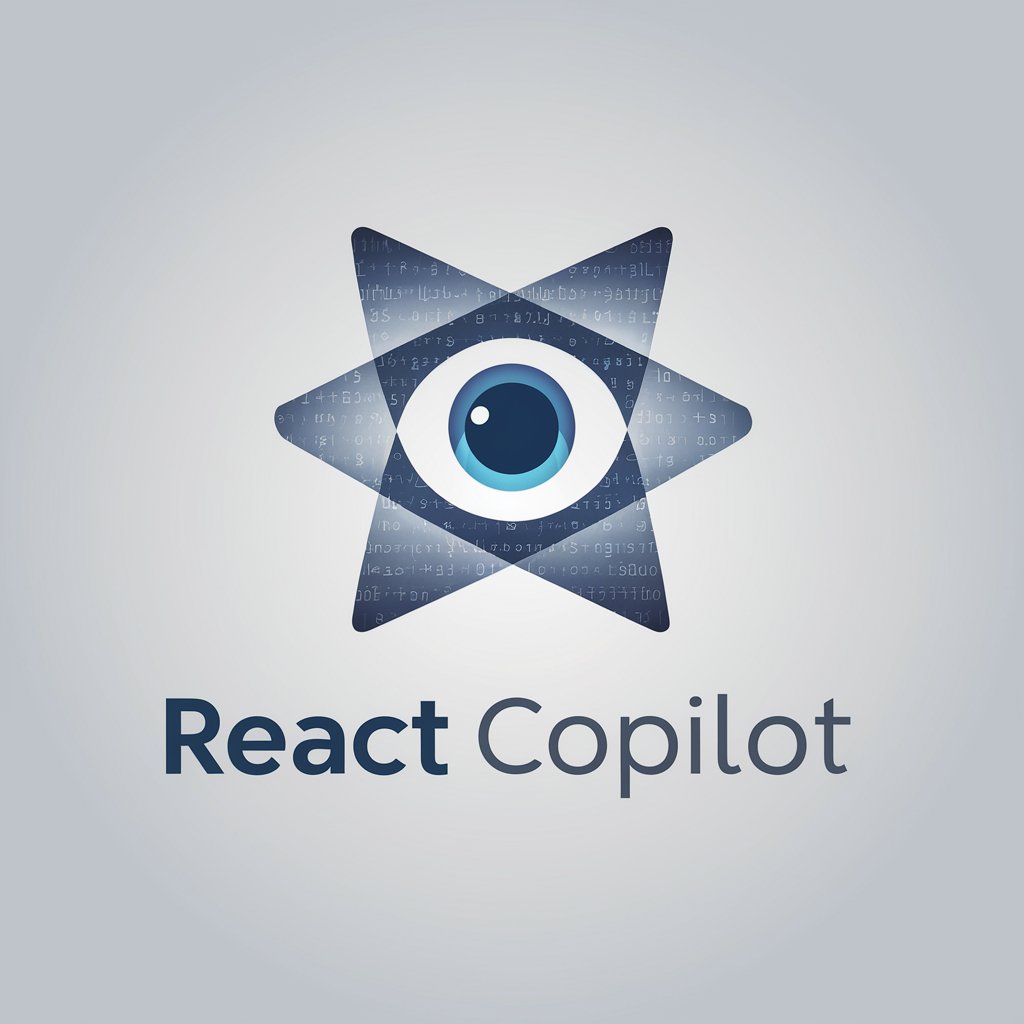
Energy Nexus
Powering the Future with AI-Driven Energy Insights

Military Survival Guide AI
AI-powered military guidance at your command

Navigating Pemberley: A Pride and Prejudice Tale
Navigate Love and Society in Regency England

WorldWisdom Guide
Explore Cultures with AI-Powered Insights

Race and Ethnicity in the Ancient Medit.. Tutor
Exploring ancient identities with AI
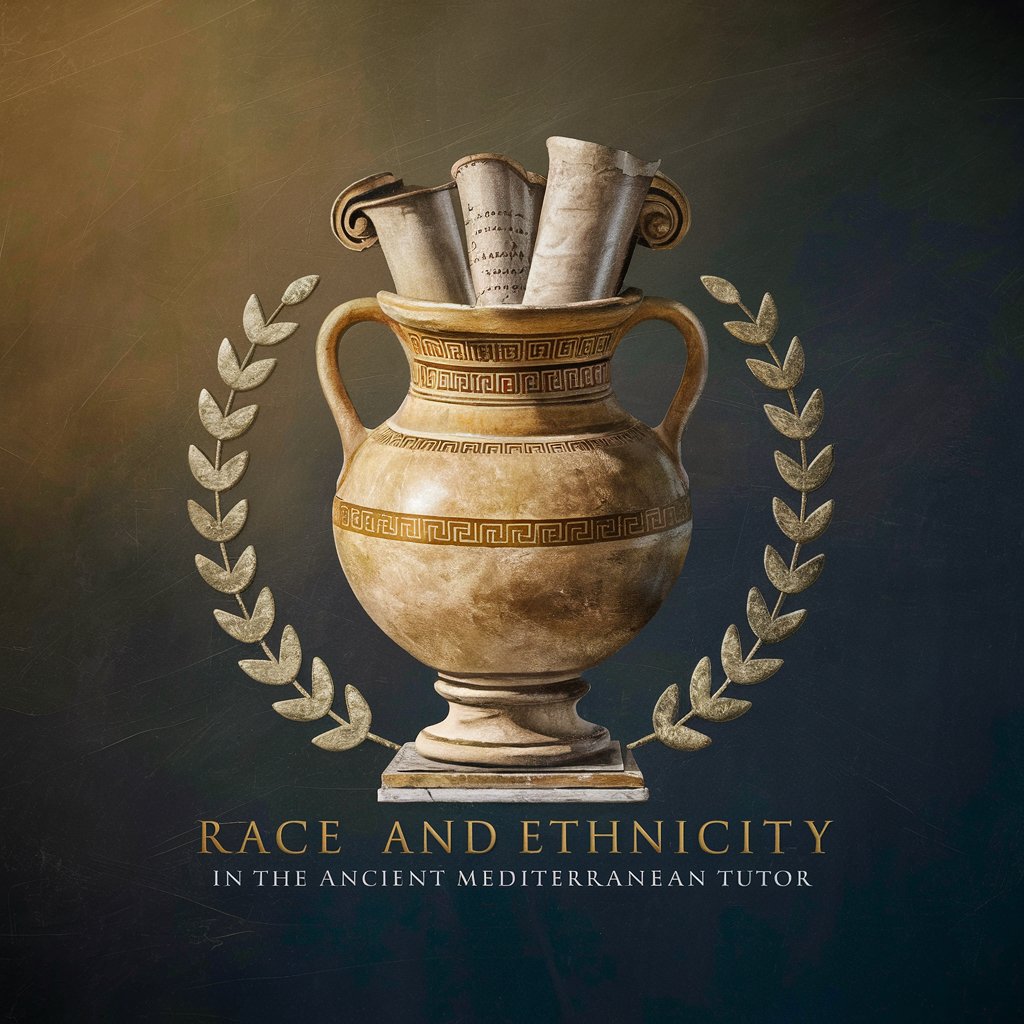
Planar Studios Virtual Production Workshop
Empower Your Creativity with AI-Driven Virtual Production

Picture Pal
Expand your images with AI-powered precision
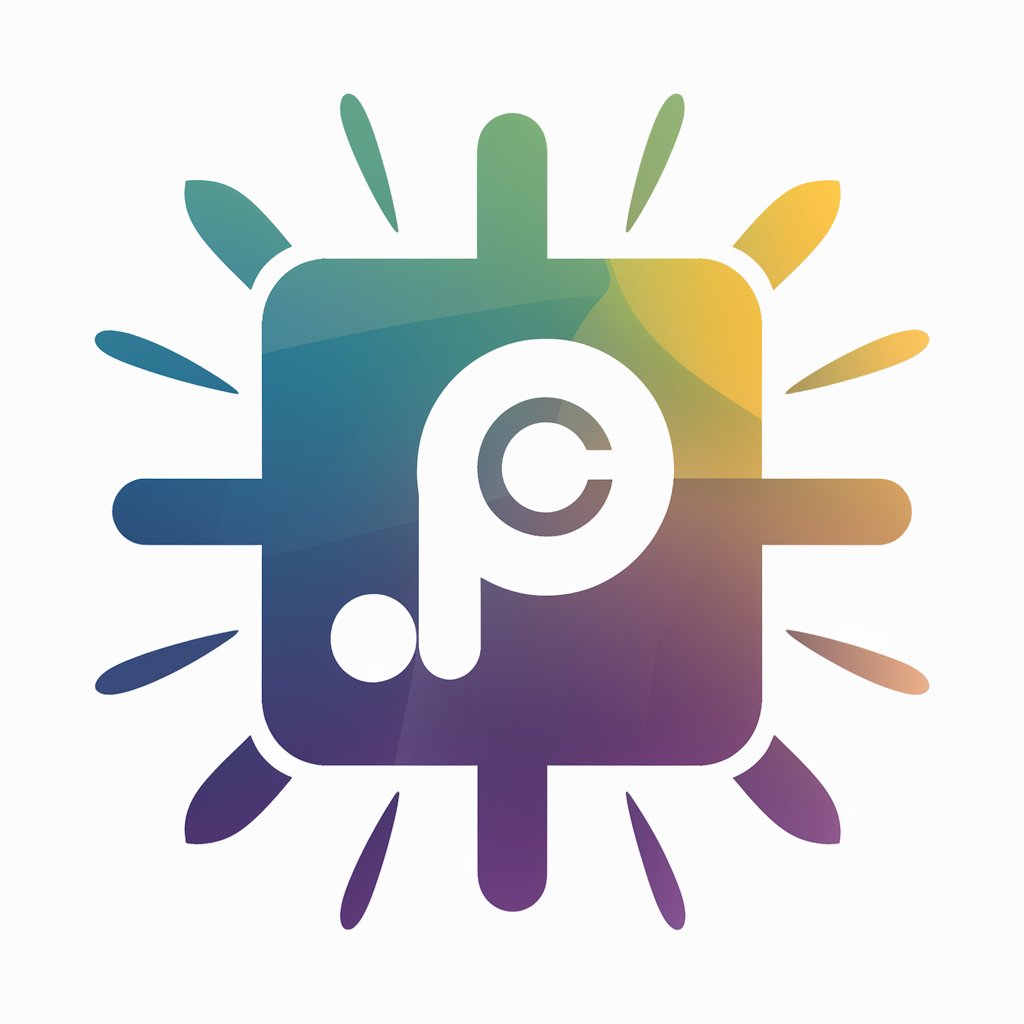
Cat Whisperer
Transforming Trouble into Tranquility with AI
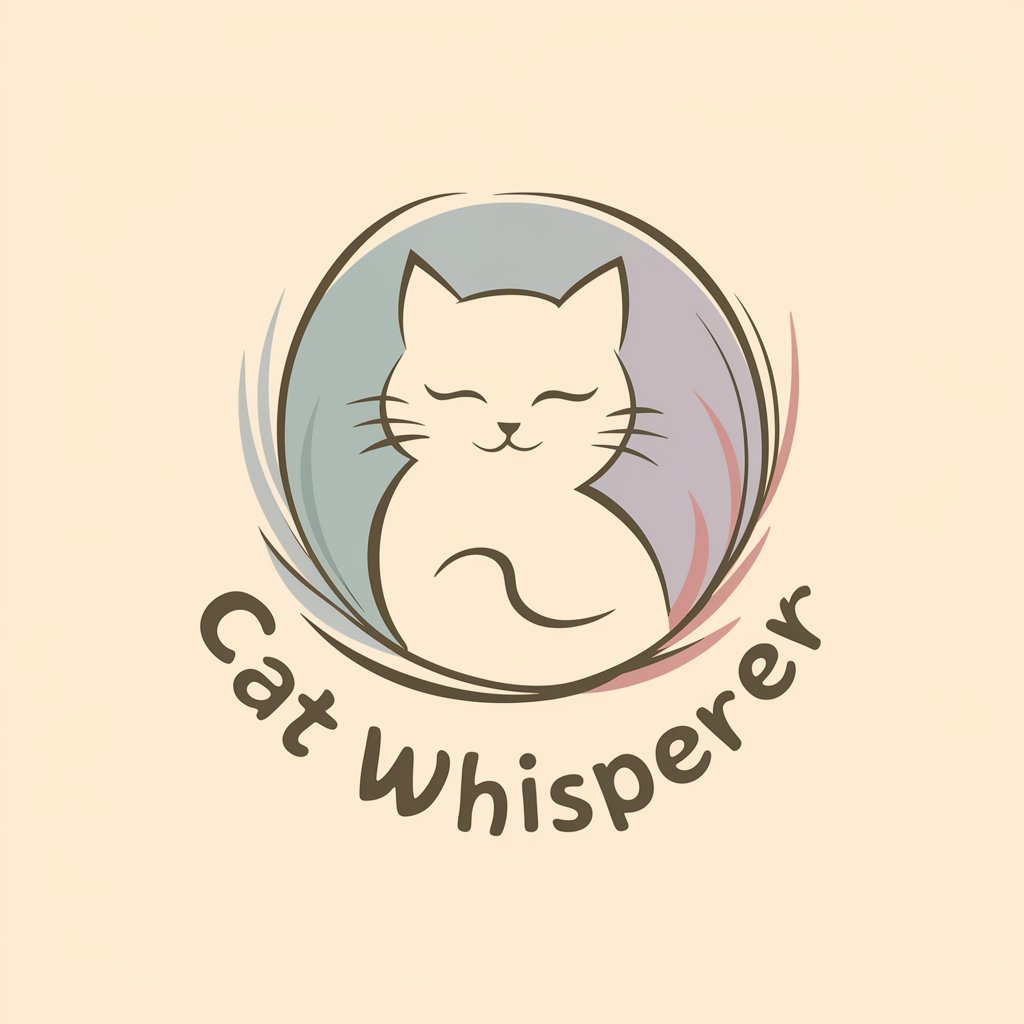
myECOsystem
Empowering Environmental Understanding with AI
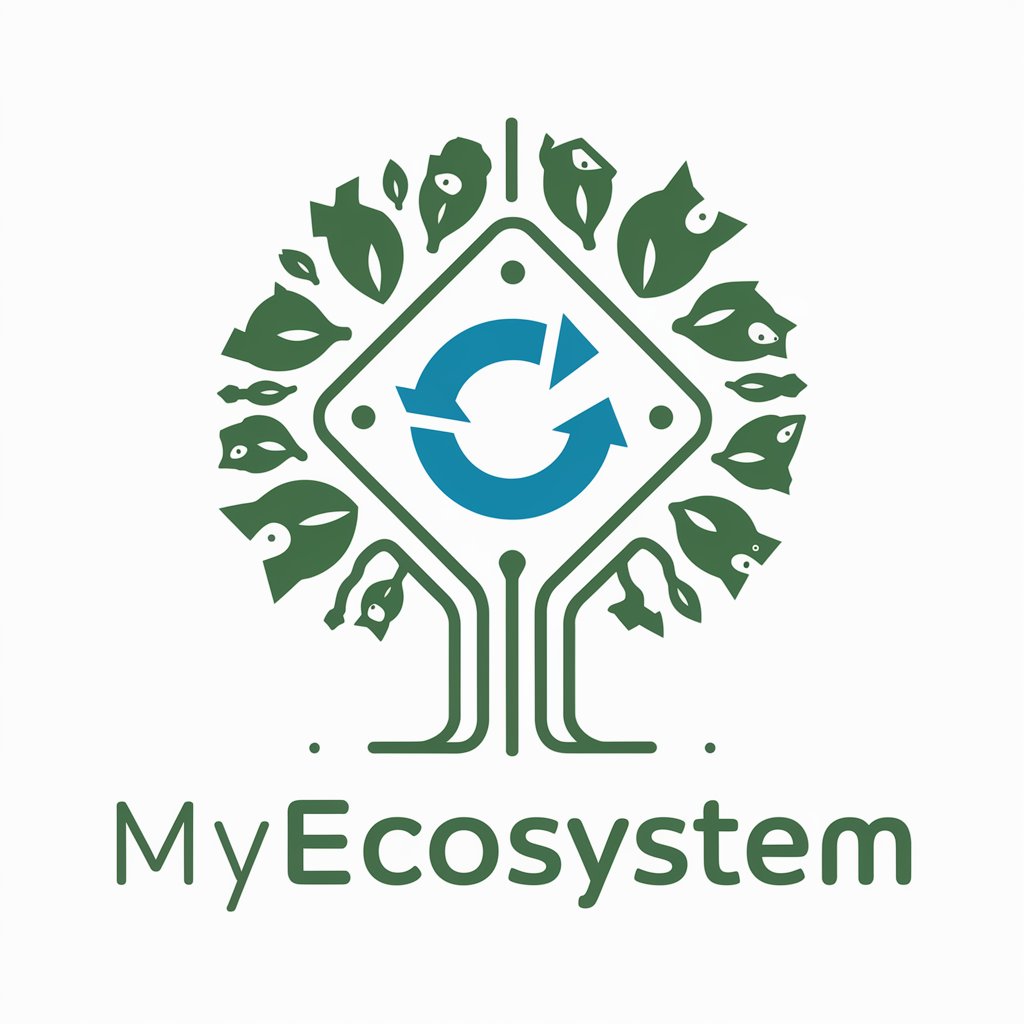
Frequently Asked Questions about Internal Knowledge Base Curator GPT
What is Internal Knowledge Base Curator GPT?
It's a specialized AI tool designed to help organizations compile, organize, and manage their internal documentation, ensuring information is updated, reliable, and easily accessible.
How can this tool benefit my organization?
By centralizing documentation, improving information retrieval, and keeping content up-to-date, it enhances knowledge sharing, operational efficiency, and training processes within your organization.
Can I customize the categorization of content?
Yes, the tool allows for flexible categorization based on your organization's specific needs, whether that's by department, topic, or process, ensuring that information is organized in a way that's most useful to you.
Is it suitable for small to medium-sized enterprises?
Absolutely, its scalable design means it can serve organizations of various sizes, from small teams to medium-sized enterprises, adapting as your documentation and team grow.
How does the tool facilitate collaboration?
It offers collaboration features that allow team members to contribute to, edit, and update the knowledge base, ensuring that it remains a living document that reflects the latest operational insights and procedures.

